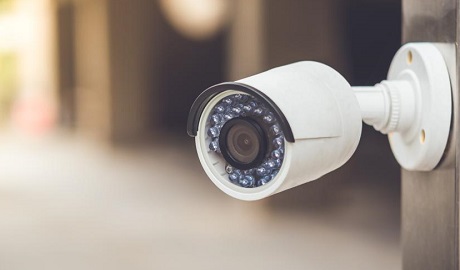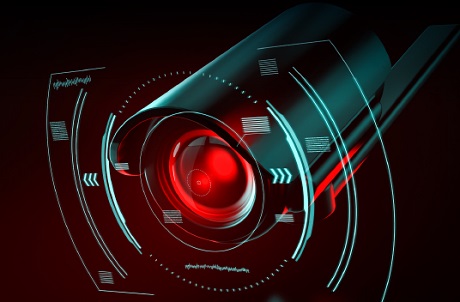An In-Depth Look at the CCTV Camera Meaning
What is a CCTV Camera/CCTV Definition?
CCTV stands for Closed-Circuit Television or simply video surveillance. It involves the transmission of images from video cameras to a limited number of viewers/monitors. Essentially, it is a closed-off system meant for a small intended audience unlike a general broadcast (like regular TV) meant for a much broader public audience.
The CCTV camera meaning though should not be mistaken for other closed-off video services such as videoconferencing. Remember that the AHD camera meaning refers specifically to video surveillance and hence means monitoring through video cameras.
Walter Bruch invented Live capture CCTV in 1942. It monitored the launch of V-2 war rockets. Though it wasn’t until the 1960’s that CCTV started becoming popular and began to take off due to its use in Muhammad Ali boxing matches.
A CCTV home security system was first introduced and patented by an African American woman named Marie Van Brittan Brown in 1966. In 1968, New York became the first city in the US to use it as a crime deterrent.
Now prevalent in the modern age, approximately 770 million CCTV surveillance cameras meaning are in use around the globe.

How is CCTV used?
Various many applications exist for CCTV technology, the main ones include:
1. Crime Prevention and Management to keep cities safe
Studies show that the presence of CCTV cameras is enough to deter would-be criminals. A potential offender would see a CCTV camera meaning that their perception of being caught would increase. Adding an alarm to a CCTV camera system heightens this effect.
Businesses can use CCTV cameras to monitor both outside and insider threats to security. Through facial recognition, access to restricted areas can be monitored and controlled. The police can, in conjunction with advanced CCTV video analytics, be on alert for crime markers such as gunshots and other distress signals.
2. CCTV cameras mean better healthcare for the ailing
Smart sensors are employed in conjunction with a CCTV camera meaning better healthcare monitoring capabilities. There are approximately 43 muscles in the human face that convey emotion. Through CCTV and video analytics, patients can be monitored 24/7 for imminent signs of medical crises such as strokes or epileptic fits.
3. CCTV cameras mean valuable insights for retail businesses
Behaviors of shoppers are gathered by CCTV cameras meaning that retail outlets can gain more information on how to retain existing customers and attract new ones. Retailers can see where customers spend most of their time, their gender, and their age bracket by analyzing CCTV footage's meaning.
Heat maps can be generated by an intelligent IP CCTV Camera meaning retailers can now visualize a shop’s traffic. This information is used to offer targeted promotions at peak buying times, increase staff when foot traffic is high, and improve targeted ads.
4. Smoother road traffic and better traffic law enforcement
Roads are monitored by CCTV cameras meaning fewer traffic jams. IP CCTV camera systems linked with intelligent AI software dynamically control traffic lights to ensure traffic flows smoothly. Dangerous events such as wrong-way driving and haphazard driving are detected and recorded by the software for evidence.
Furthermore, CCTV speed cameras curtail speeding. Traffic officials can spot stolen vehicles or identify cars with driving offenses. Automatic license plate recognition makes this feat possible. This is through video analytics and IP CCTV cameras meaning fewer traffic snarl-ups.

5. Disaster management
Emergency services and rescue teams can use a CCTV camera meaning they critically assess a situation in real-time. They can now act in an informed and coordinated way. An added benefit is that more information about a crisis reduces risk to the rescue workers.
How Does CCTV work?
The camera captures and processes the image itself or sends it to a recorder. A digital CCTV camera is capable of analog to digital conversion.
- The camera captures and processes the image itself or sends it to a recorder. A digital CCTV camera is capable of analog to digital conversion.
- The recorder processes the signal from the camera and stores the video. A Network Video Recorder (NVR) stores video and enables remote viewing in a digital IP CCTV system.
- A Digital video recorder (DVR) is used in analog systems to encode and store video.
- From there, the image transfers to a compatible monitor ready for viewing. Analog systems use wires to connect between peripherals. Digital CCTV systems can be wireless or wired.
Takeaway
The world is becoming more automated each day. For machines to perceive the world, they need CCTV cameras meaning that a computerized world needs Closed-circuit television cameras. CCTV has become a permanent fixture in our lives.
